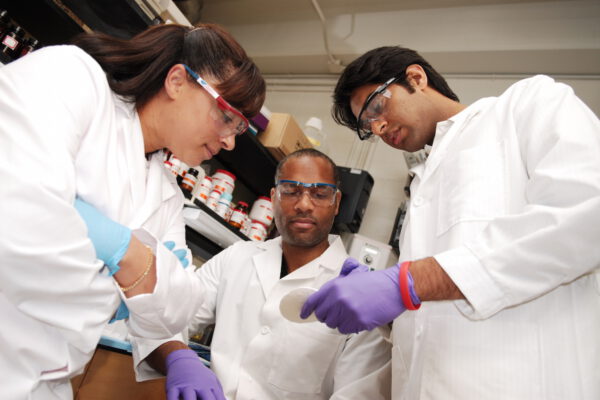The Growing Gender Divide in STEM Education
Title: The Hidden STEM Gender Gap: Why Progress at Top Universities Masks a Growing Crisis
Source: Brookings Institution
Authors: Joseph R. Cimpian and Jo R. King
A recent Brookings Institution article, “The Hidden STEM Gender Gap: Why Progress at Top Universities Masks a Growing Crisis,” paints a complex picture of the state of gender equity in STEM higher education. While top universities have made notable progress in narrowing the gender gap in physics, engineering, and computer science (PECS) majors, institutions serving students with lower math achievement are falling further behind.
Over the past two decades, the male-to-female ratio in PECS majors decreased from 2.2:1 to 1.5:1 at universities with the highest average math SAT scores. However, at institutions with the lowest average scores, the gender gap has dramatically widened from 3.5:1 to 7.1:1. This disparity persists even when accounting for differences in math ability, confidence, interests, and academic preparation. The findings point to institutional barriers that disproportionately impact women at less selective schools.
The institutions struggling most with gender equity serve the majority of American students, particularly students of color and those from lower-income families. PECS degrees offer a path to high-paying careers, and research suggests women may see an even greater earnings premium from these majors at less selective institutions compared to their more selective counterparts. By failing to recruit and retain women in PECS programs, we are denying millions the opportunity to benefit from these rewarding fields.
The authors propose several strategies to shrink this gap:
- Allocate resources strategically, directing support to the institutions facing the greatest challenges rather than those already making progress.
- Adapt proven practices like undergraduate research and peer mentoring to the unique needs and constraints of less-resourced institutions, forging creative partnerships to ensure successful implementation at scale.
- Mobilize external partners, from nonprofit organizations to industry groups, to strategically focus their outreach and pathway-building efforts on the schools and communities with the most severe gender imbalances.
Achieving gender equity in STEM will require acknowledging where we are falling short and building the collective determination to change. The success of top universities shows that progress is possible, but it will take targeted interventions and a sustained commitment to extending opportunities to all students. Until then, our celebrations of narrowing gaps will ring hollow for the women left behind.
To read the full Brookings Institution article, click here. The complete research is also available in the journal Science here.
—Alex Zhao
If you have any questions or comments about this blog post, please contact us.

